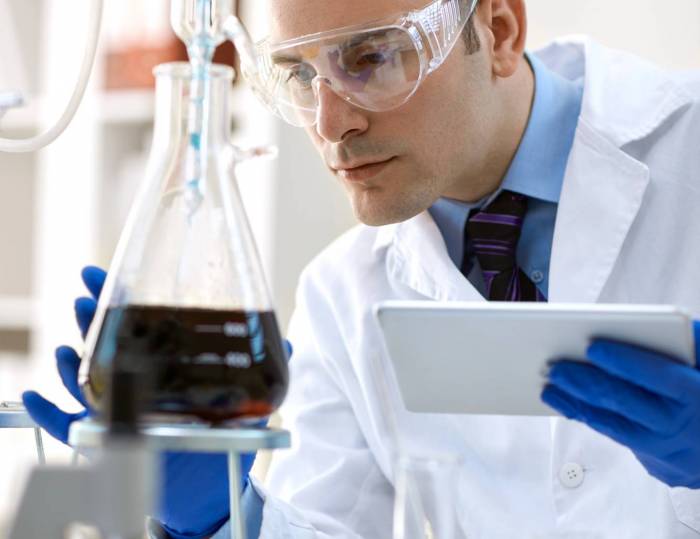
Inside a laboratory in Pessac, near Bordeaux, engineers from the French government work daily to ensure the quality and authenticity of wines and spirits sold across France. The facility, filled with glass vials, tubes, and specialized machines, receives dozens of samples each day from investigators with the DGCCRF, the national agency responsible for consumer protection and fraud prevention.
Sophie Rosset, who leads the beverage-isotope unit at the laboratory, explained that her team conducts a wide range of analyses. These tests verify that the wine inside each bottle matches its label and complies with both French and European regulations. The process involves several steps. In one area, two distillation devices measure the alcohol content of wines. Other machines check for sulfites, carbon dioxide levels, additives, and acidity.
Rodolphe Robin, an engineer at the Bordeaux SCL laboratory, demonstrated how a distillation-extraction machine works. He attached a sample of red wine to the device, which heated the liquid and separated out its alcohol and water components. The resulting substance was then analyzed using an electronic densimeter to determine its alcohol content. In this case, the machine displayed an alcohol level of 10.56%. According to European rules, the alcohol percentage listed on a wine bottle must not differ by more than 0.5% from what is found in laboratory analysis.
Robin noted that significant discrepancies between labeled and actual alcohol content do occur from time to time but are not common. Nearby, another test revealed the presence of sulfites in a wine sample when a green solution turned purple. Sulfites are both an additive and an allergen; some producers now market wines as sulfite-free.
The laboratory’s work goes beyond basic chemical analysis. Isotopic testing allows scientists to trace a wine’s geographic origin by examining atomic-level differences influenced by climate conditions such as rainfall. Rosset explained that these advanced tests require equipment worth hundreds of millions of euros. By comparing isotopic data with information on the label—such as region or vintage—scientists can confirm whether a wine truly comes from where it claims.
While most wines tested match their labels and meet regulatory standards, there are exceptions. Sometimes isotopic analysis reveals that a wine’s stated appellation or vintage does not correspond to its actual origin.
The DGCCRF conducted several months of investigations in 2022 and 2023 using results from laboratories in Bordeaux and Montpellier. The goal was to protect both consumers and French wine producers from fraud or mislabeling. Findings released last week showed that most of the 7,800 production and distribution sites inspected were compliant with regulations.
However, among producers specifically, 38% had some form of anomaly or violation. These included missing mandatory labeling information or presenting bulk-traded wines as estate-bottled products. The ongoing work at laboratories like Pessac’s remains crucial for maintaining trust in French wine both at home and abroad.
